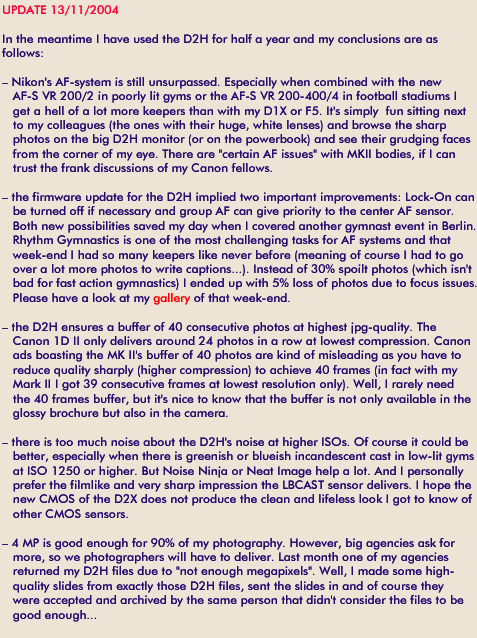Jorgen Udvang
Subscriber Member
I have a feeling that part of the difference in opinion originates from the way different people define differences in visual expression. If I look upon photography as an absolute visual value, digital and film photography are in the same group, since the basis for the creation is the same, although the media are different, as opposed to painting etc., which follows a different process.
If I look at digital and film photography as different values along an axis, where all visual arts are placed somewhere along the same line, the definitions become much less obvious, and where the borders between different forms of art are placed will depend on the individual observer.
I tend to think along the lines of the latter, but both obviously have their merits.
Did this make sense?
If I look at digital and film photography as different values along an axis, where all visual arts are placed somewhere along the same line, the definitions become much less obvious, and where the borders between different forms of art are placed will depend on the individual observer.
I tend to think along the lines of the latter, but both obviously have their merits.
Did this make sense?

